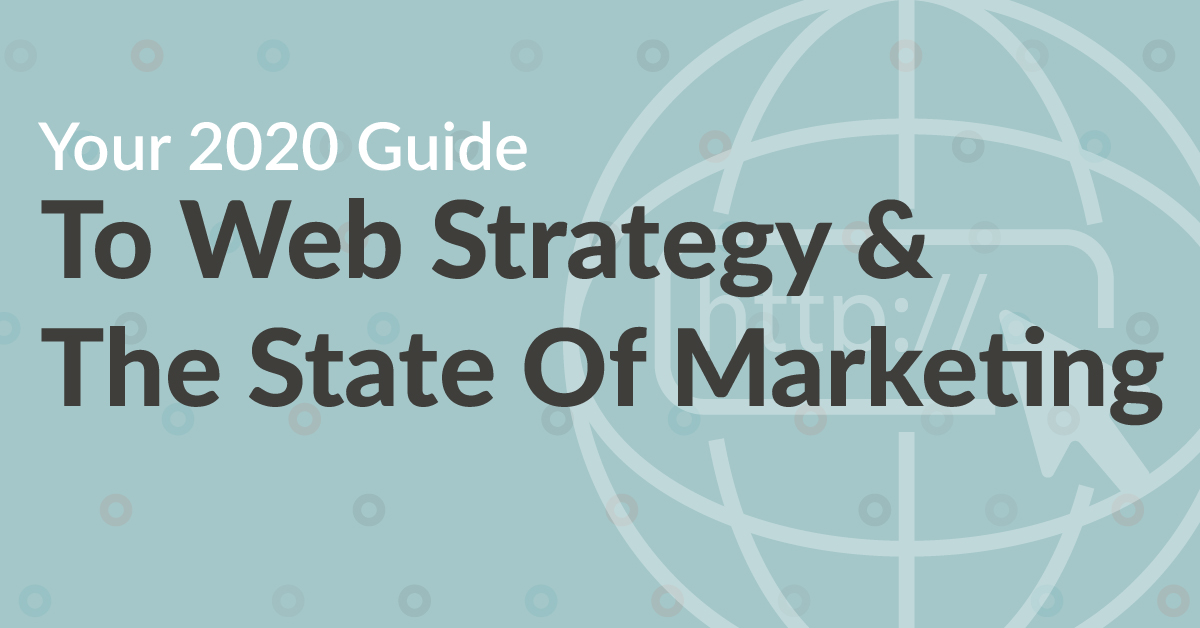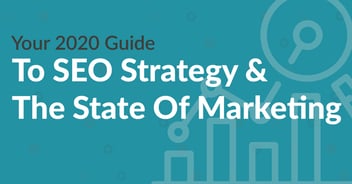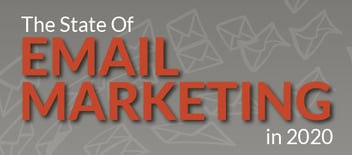Your Guide To Web Strategy & The State Of Marketing
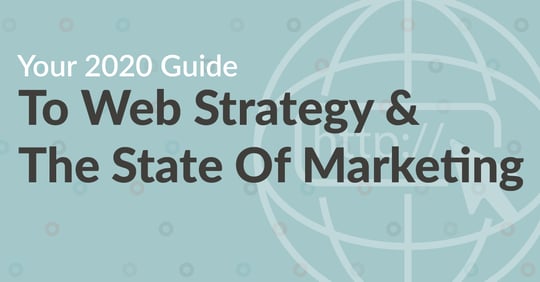
When it comes to the distribution channels marketers use, social media, email, events and all others take a back seat to websites. More marketers use websites than any other channel.
That is just one of the findings about website strategies to come out of a recent survey of more than 3,400 marketers around the world by our partners at HubSpot. The State of Marketing 2020: Website Strategy mini-report is available as a free download here. (You may also want to download the Content Marketing Strategy section and read our related recommendations in this blog post: Your 2020 Guide To Content Marketing Strategy & The State Of Content Marketing.)
Not only do marketers overwhelmingly rely on websites for their marketing strategy implementation, but 6 in 10 planned to invest in a website upgrade in 2020. With changes in business practices that emerged during the Covid-19 pandemic, the need for business websites to perform has become even more essential in the years since.

Are you among the businesses who need to bring their website up to speed?
If so, here are three elements your new website strategy should include:
- Content Development: Plan content that will give your audience the information they need.
- Format/Design: Make finding the information easy and simple, with pleasing visual elements, while also including opportunities for lead generation and sales enablement.
- Technical Details: Focus on technical and infrastructure details such as mobile optimization, page load speeds, finding and fixing broken links, and search engine friendly site structure.
How To Focus Your Website Strategy On Content
Content is at the core of all your marketing strategies. Your website is no different. If you are updating your website, think about the content your audience needs most, what information they are most likely to search for, and in what format they want to receive that information.
Your website content strategy should be based on your overall brand development and your identified customer personas, with specific content for each page of the site designed to answer specific questions or drive online search engine rankings.
Along with developing a website that includes essential information and messaging on your home page, “about us” page, FAQs, and product or service description pages, consider including more in-depth information and answers through content such as a business blog, a “news” page for press releases and other media, a collection of videos, and gated content available for download through landing page forms, such as ebooks, templates or webinars.
Not all of the content has to be developed before launching your new website, of course. Much of what I mentioned in the last paragraph should be gradually added as part of your ongoing content marketing campaigns. The primary pages of your website should be written to answer the most basic questions about your company:
- What do you do and/or sell?
- Who do you serve?
- How can you be contacted?
- What are the benefits of doing business with your company?
- What are your company’s history, mission, and objectives?
As you develop strategies for the rest of your website content, think a little less about your company, and a little more about the questions your ideal customers are asking when they go online.
Your blog posts should be designed to answer those questions while providing useful information. For example, when JONES developed a brand and website proposal for AccuReg, a healthcare IT company that provides registration software for hospitals and other healthcare entities, we knew that the decision-makers were likely to be hospital CFOs. And the questions they would ask—the problems they need to solve—revolve around financial issues such as payment collection and preventing insurance claim denials. Our proposed overall brand development, website content and ongoing content marketing strategy focused on providing information that would help CFOs address their pain points.

Developing an ongoing strategy to continually add new content to your website is essential—this is not a “set it and forget it” static tool. Your website needs to be continuously updated and added to, both to provide the information your prospects are seeking and to keep search engine crawlers coming back to index your site. Active sites that are being updated on a regular basis will be indexed more frequently.
And the continuous addition of content, such as through posting new blog posts on a weekly basis, means more opportunities to include additional keywords and phrases that you want to rank for. More content can also mean more traffic, more opportunities for readers to share your content and site on social media, and more opportunities for other sites to link to your site, improving your authority and search results.
Of course, none of those will really mean anything if the content on your website is not great quality. Download this checklist to use to guide all of your content creation so that it is the quality you want and need: Content Quality Report Card.
How To Focus Your Website Strategy On Design
When talking about website design, we need to consider it from two perspectives: visual design and functional design.
Website visual design trends lately have been shifting toward clean, minimalist visuals, but with background videos, bold colors, large typography and other elements used for a big “pop”. (See Web Design Trends To Watch.)
Users don’t want to be bombarded by too many options when they first visit your homepage, but it needs to make an impression.
From a functional design standpoint, if you want your website to function as a tool for attracting prospects, capturing leads and nurturing sales, it should be designed with all of those tasks in mind.
Attracting visitors or prospects requires content for search engines to find. That’s why content was the first aspect of website design we talked about. (We also cover the content marketing results of HubSpot’s survey in a separate mini-report and have gone into detail about how content impacts all other aspects of your marketing strategy in this blog post: Your Guide To Content Marketing Strategy & The State Of Content Marketing.)
Converting those visitors into leads requires some mechanism for doing so. Landing pages capture lead information in exchange for access to some type of content or asset—webinars, newsletter subscriptions, templates, case studies are all examples of offers that can be gated behind a landing page. Your website design should provide calls-to-action that lead to those offers, including from your home page as a standard button or banner, or as a pop-up or slide-in, as well as within blog posts.
Make your site easy to navigate and intuitive, offering personalization where possible, to provide visitors with a positive user experience. And, as HubSpot’s experts recommend, keep accessibility in mind—from providing alt text for images to designing graphics that are readable by those with color blindness to including subtitles for videos. Many of these adaptations that improve accessibility improve the user experience for all of your visitors.

Again, remember that it may be your website, but you are designing it for your customers.
How To Focus Your Website Strategy On Technical Details
Details matter, especially when it comes to the performance of your website. A poor user experience, including loading time, can increase bounce rates and decrease conversion rates.
In fact, a page that loads in less than 2.4 seconds is likely to have 3 times higher conversion rate than one that takes 5.7 seconds or more. (Source)
While HubSpot polled survey recipients about a number of tactics for improving site performance, one rose to the top: optimizing mobile performance.
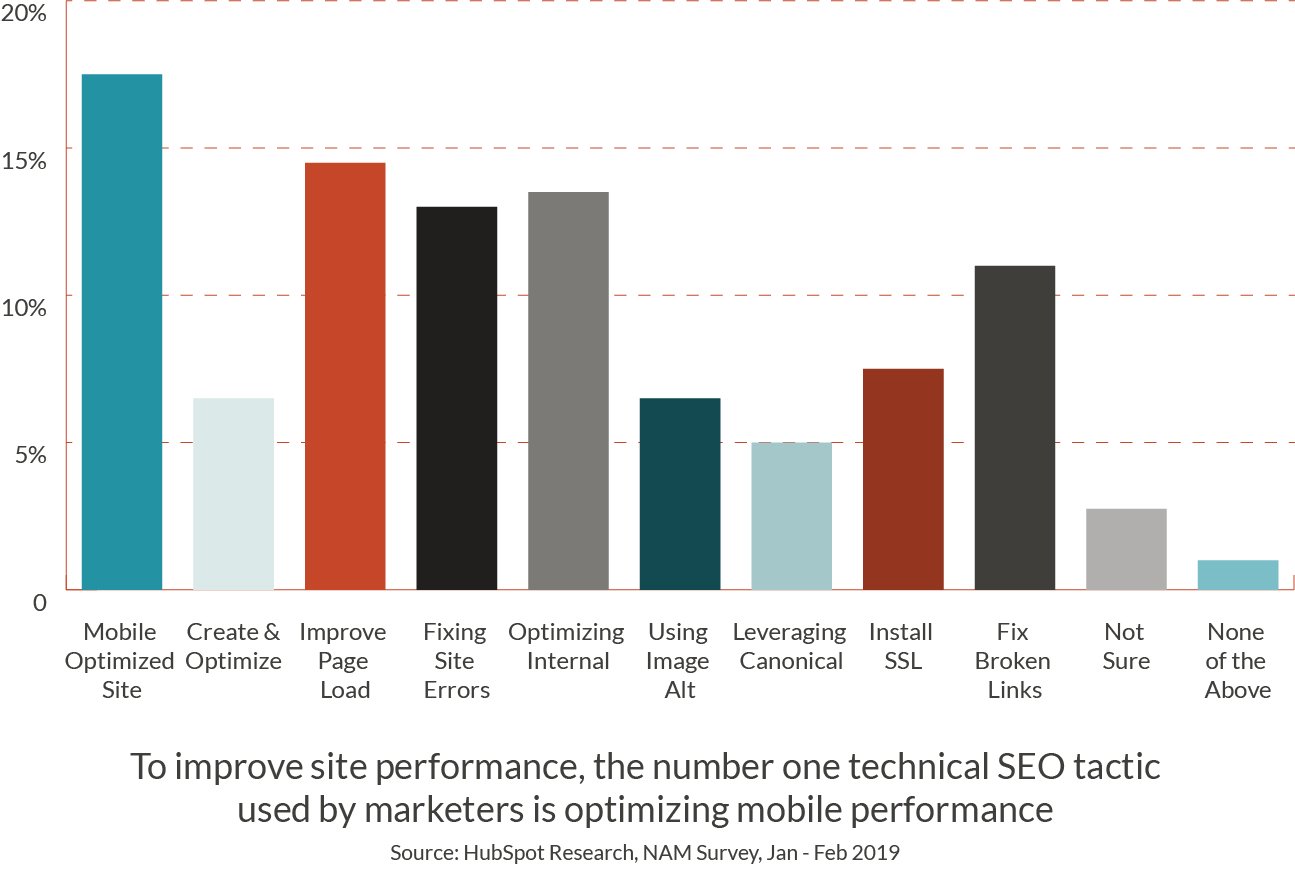
With mobile devices accounting for slightly more than half of all internet traffic worldwide, that performance is essential in your website design. (Source)
Other tactics that earned high marks from survey respondents included:
- Fixing site errors
- Optimizing the internal infrastructure
- Fixing broken links
As you update your website, consider also what platform you want to build it in. A few questions to answer before making your decision include:
- Who will create and maintain the site?
- What do you want to do with the site?
- What is your budget?
- Do you need flexibility to customize, update and add pages, or change hosts?
You’ll find our recommendations, based on your answers to those questions, in this blog post: Choosing A Website Builder & Platform.
If you are among the marketers who recognize the need to upgrade your website, keep in mind that you must master three different elements: content, design, and technical details. When your website is your most important distribution channel, and potentially your greatest source of leads and sales, you have to get it right.
The State of Marketing 2020: Website Strategy shares a segment of HubSpot’s results from surveying more than 3,400 marketers around the world in B2B, B2C, and non-profit organizations about web strategies, content strategy, SEO, email marketing and market research. Download the website strategy mini-report here to learn more about what your peers are doing and where they are finding success in website design and function.
Want more personalized guidance for your current marketing strategies? I’d be glad to chat with you about the insights in this report and what they mean for your website, SEO and overall marketing strategy. Schedule a no-obligation consultation with me now.
-1.png?width=1652&height=294&name=Jones(RGB)-1.png)

